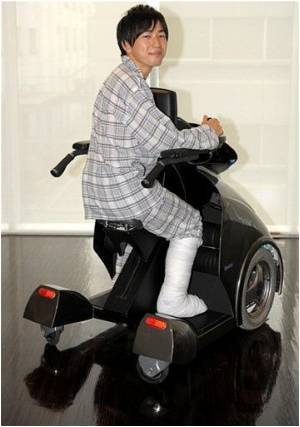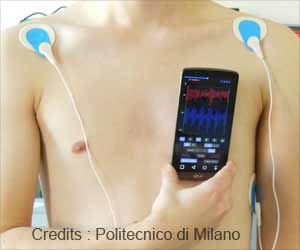US scientists have developed a machine that enables people to navigate a robotic wheelchair through their thoughts.

‘A machine that enables people to navigate a robotic wheelchair through their thoughts has been developed by US scientists.’





The researchers used a computer to monitor brain signals from a rhesus macaque. They recorded signals from hundreds of neurons in two regions of the monkeys' brains that were involved in movement and sensation. During experiments, described in a recent issue of Scientific Reports, as the animals thought about moving toward their goal, in this case, a bowl containing fresh grapes, computers translated their brain activity into real-time operation of a wheelchair.
"As the monkeys learned to control the wheelchair just by thinking, they became more efficient at navigating toward the grapes and completed the trials faster," Nicolelis said.
In addition to observing brain signals that corresponded to translational and rotational movement, the researchers also discovered that primates' brain signals showed signs that they were contemplating their distance to the bowl of grapes.
"This was not a signal that was present in the beginning of the training, but something that emerged as an effect of the monkeys becoming proficient in this task," Nicolelis said.
Advertisement
The team now hopes to expand the experiment by recording more neuronal signals to continue to increase the accuracy and fidelity of the primate BMI before seeking trials for an implanted device in humans, Nicolelis said.
Advertisement









